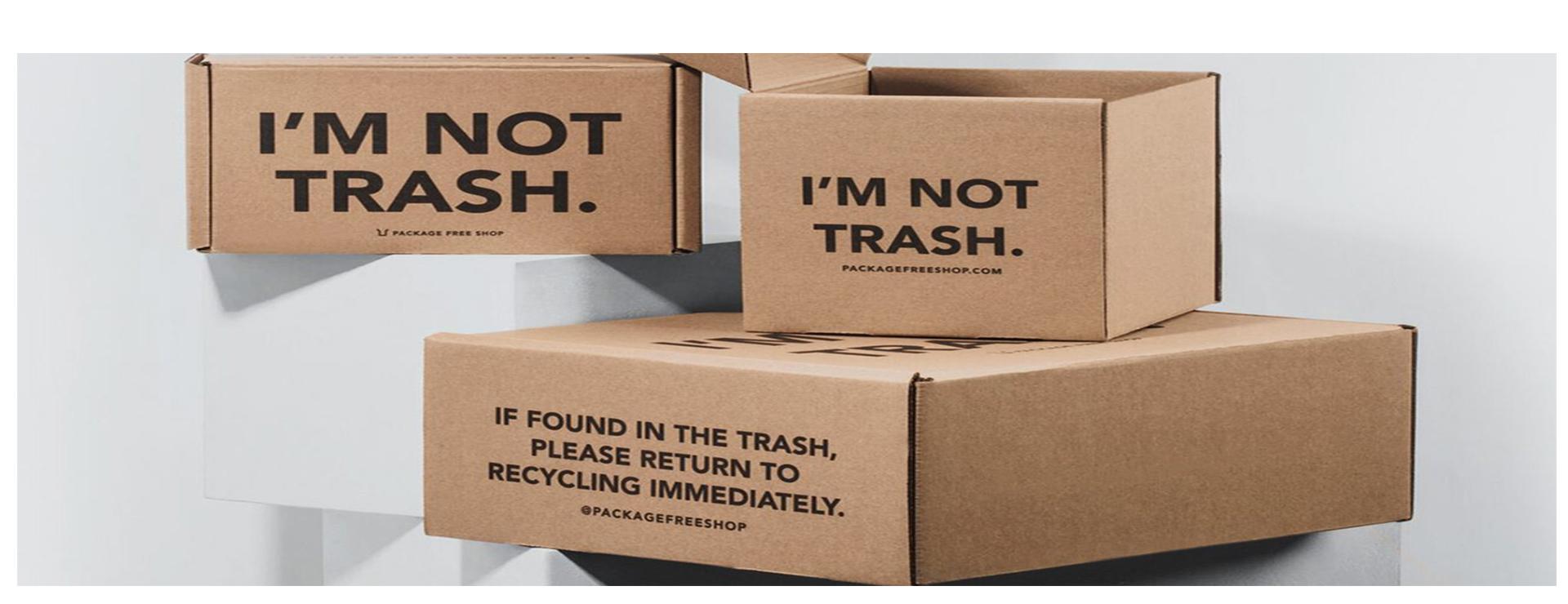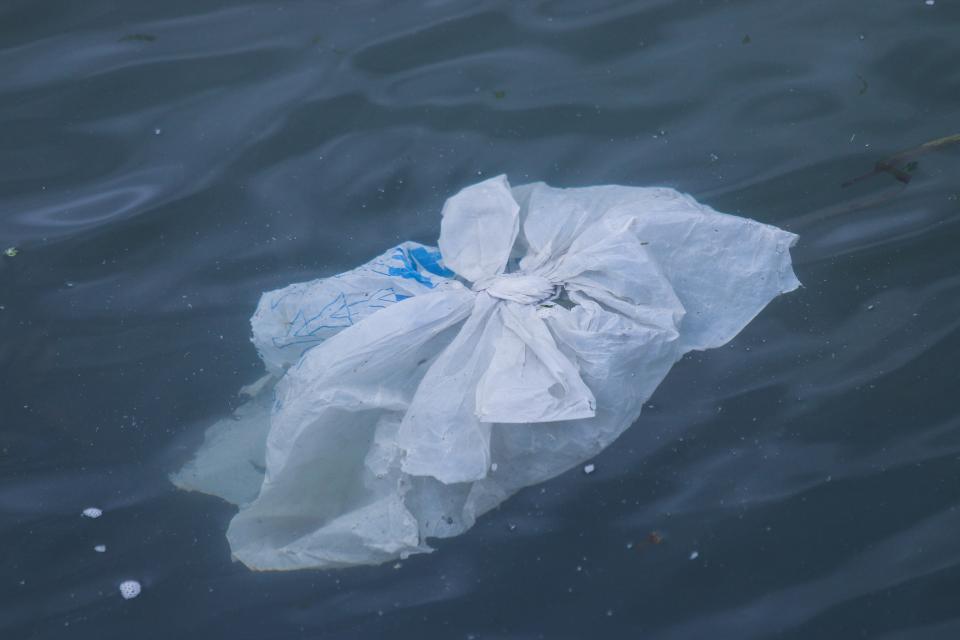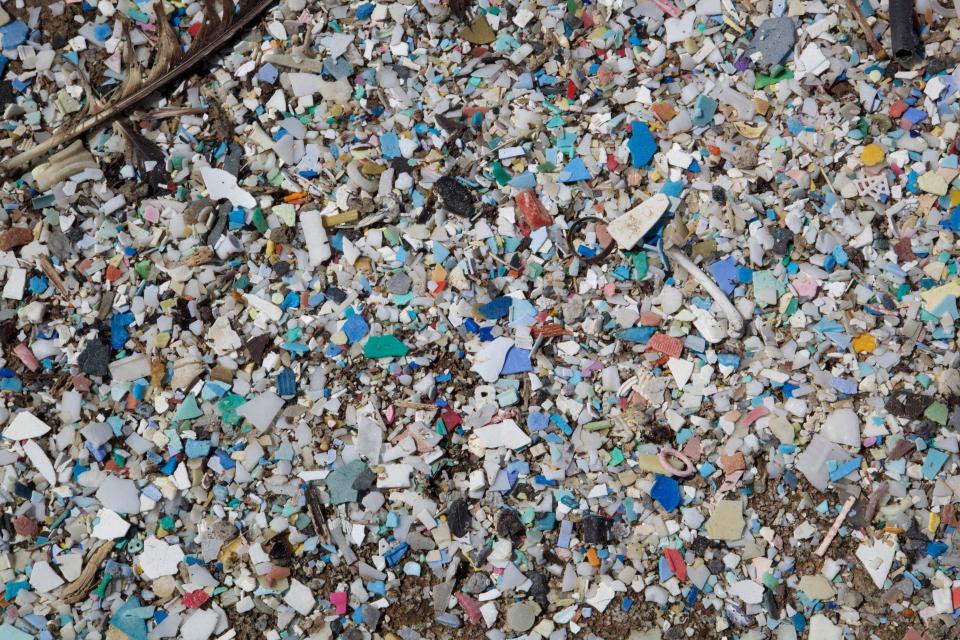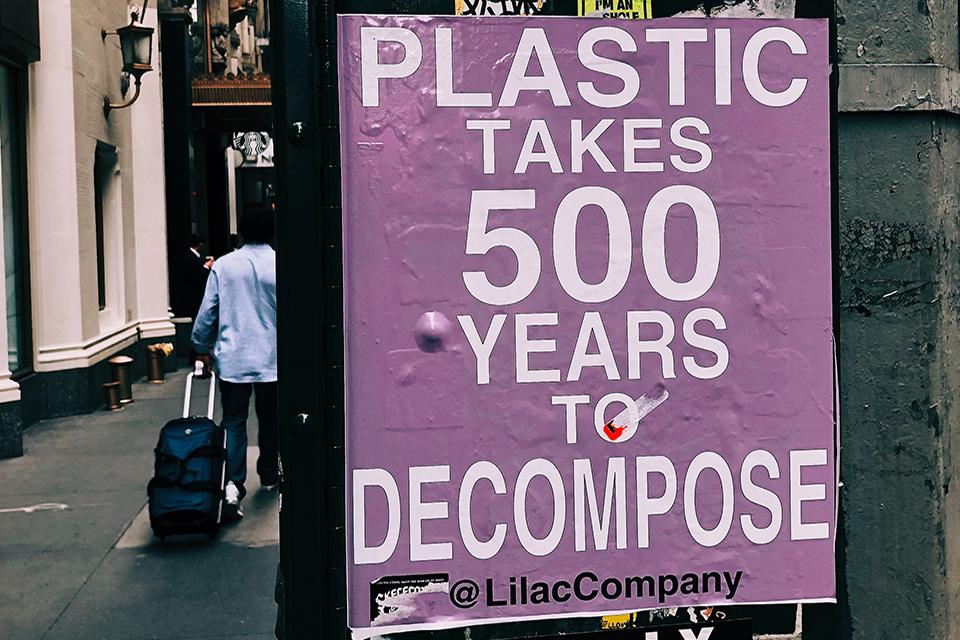Circular Economy
Break Free from Plastic Pollution
Plastic pollution is an environmental crisis due to its impact on greenhouse gas emissions, impact on human and wildlife health, and inequitable impacts on communities of color and low income communities.
Let’s Collaborate to Reduce Packaging Waste
Most products are brought to market in packaging that is excessive, unsustainable or both. Globally, nationally and locally, packaging waste causes enormous environmental damage, and good disposal solutions are not widely implemented. As business is the source of most product packaging, it is best positioned to advance more sustainable packaging policies. ASBC’s Reduce Packaging Waste campaign offers a way to gather business leaders’ practical insights and collaborate with policymakers to develop packaging waste reduction policies that make sense.
Safer Chemicals
Moving away from toxic substances toward safer and cleaner chemicals and products will drive innovation and job creation while also making workplaces and communities safer. By changing the laws that govern the rules of how chemicals in commerce are used, tested and reported on, we can establish a fertile landscape for green and renewable chemistry to create new and exciting alternatives to toxic chemicals.
Sustainable Packaging
Most products are brought to market in packaging that is excessive, unsustainable or both. Globally, nationally and locally, packaging waste causes enormous environmental damage, and good disposal solutions are not widely implemented.






